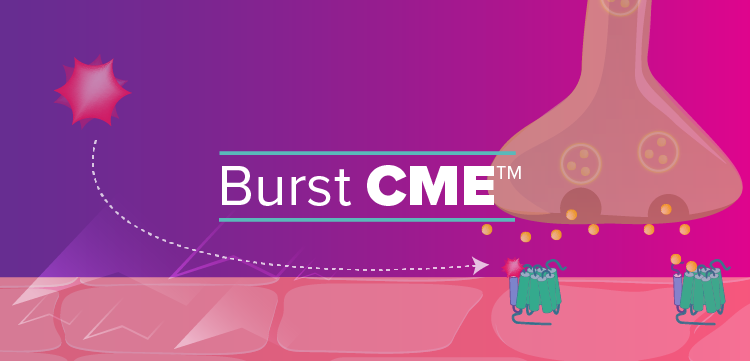Lubricating gel eases speculum insertion during vaginal exams
Coating the speculum blades with a small amount of lubricating gel prior to insertion significantly decreases patient discomfort during a vaginal examination, according to the findings of a small, randomized trial.
Coating the speculum blades with a small amount of lubricating gel prior to insertion significantly decreases patient discomfort during a vaginal examination, according to the findings of a small, randomized trial.
“Methods to reduce patient discomfort may lead to an increase in willingness to undergo speculum examination and an improvement in screening for cervical cancer and sexually transmitted infections,” commented the authors of the study, which was published in
The authors conducted a randomized trial of 120 nonpregnant women, aged 18 to 50, undergoing a vaginal examination. Prior to speculum insertion, either 0.3 mL lubricating gel or 3 mL of water was applied to both blades of the instrument. The women were asked to rate their level of discomfort using a 10-point visual analog scale immediately after speculum insertion.
The gel group reported significantly lower pain scores (mean ± standard deviation: 1.41±1.55 compared with water 2.15±1.93, P<.01). Of the 59 women in the gel group, 20 (33.9%) marked zero on the pain scale compared with 6 of 60 (10%) in the water group. All women in both groups had adequate cytology.
According to the authors, their study is unique because “it includes strict exclusion criteria designed to prevent participation by patients with conditions that might alter pain perception” and it used a standardized insertion technique, by a single examiner, designed to limit examination variability.
One limitation of the study was the inability to make it double-blinded; the authors explained that it was impossible to blind the examiner to how the speculum was prepared and thus eliminate the possibility of examiner bias.
Newsletter
Get the latest clinical updates, case studies, and expert commentary in obstetric and gynecologic care. Sign up now to stay informed.
















